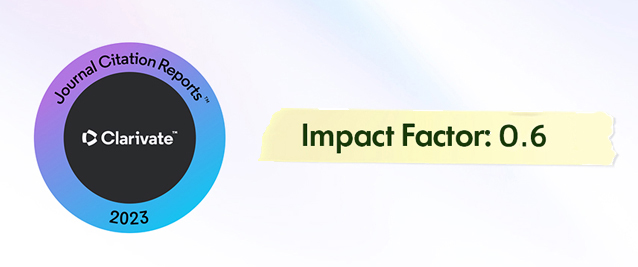Abstract
Rainfall forecasting is a complex and critical problem faced by many meteorologists. Classical forecasting models are struggle to capture the seasonal variations and long-term trends in rainfall data. So, it is essential to develop a more robust method to rainfall forecasting. The Seasonal Autoregressive Integrated Moving Average (SARIMA) and Holt-Winters Additive (HWA) models are used for parallel hybridization, with optimal weights determined by the variance-covariance matrix method. We evaluated the proposed model using monthly rainfall data from Jan 1990 to Dec 2017 of Northeast (NE) India. This region is divided into five divisions based on rainfall pattern that are West Bengal and Sikkim (WBS), Arunachal Pradesh (AP), Assam and Meghalaya (AM), Gangetic West Bengal (GWB), and Nagaland, Manipur, Mizoram, and Tripura (NMMT). The developed model is performed better than the classical models like SARIMA, HWA, Exponential Smoothing (ETS), Holt model, and FeedForward Neural Network (FFNN) across all regions. In the WBS region, it achieved an RMSE of 0.0798, an MAE of 0.0453, an MSE of 0.0063, an sMAPE of 0.3939, a correlation of 0.9414 between actual and predicted values, and an NSE of 0.8855. These results have significant implications for flood and drought management, climate change adaptation, and agricultural planning, particularly in the context of increasing climate variability.














